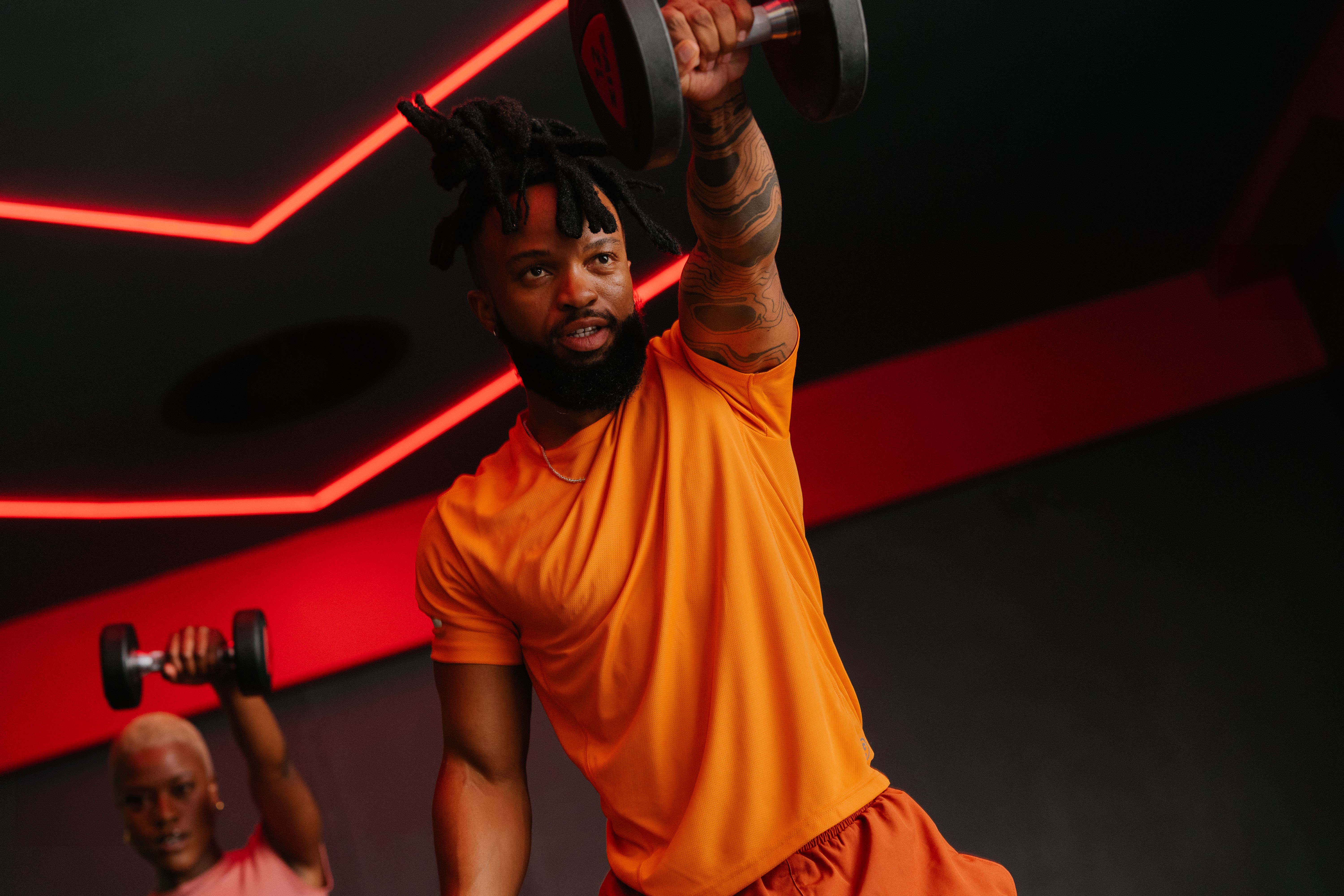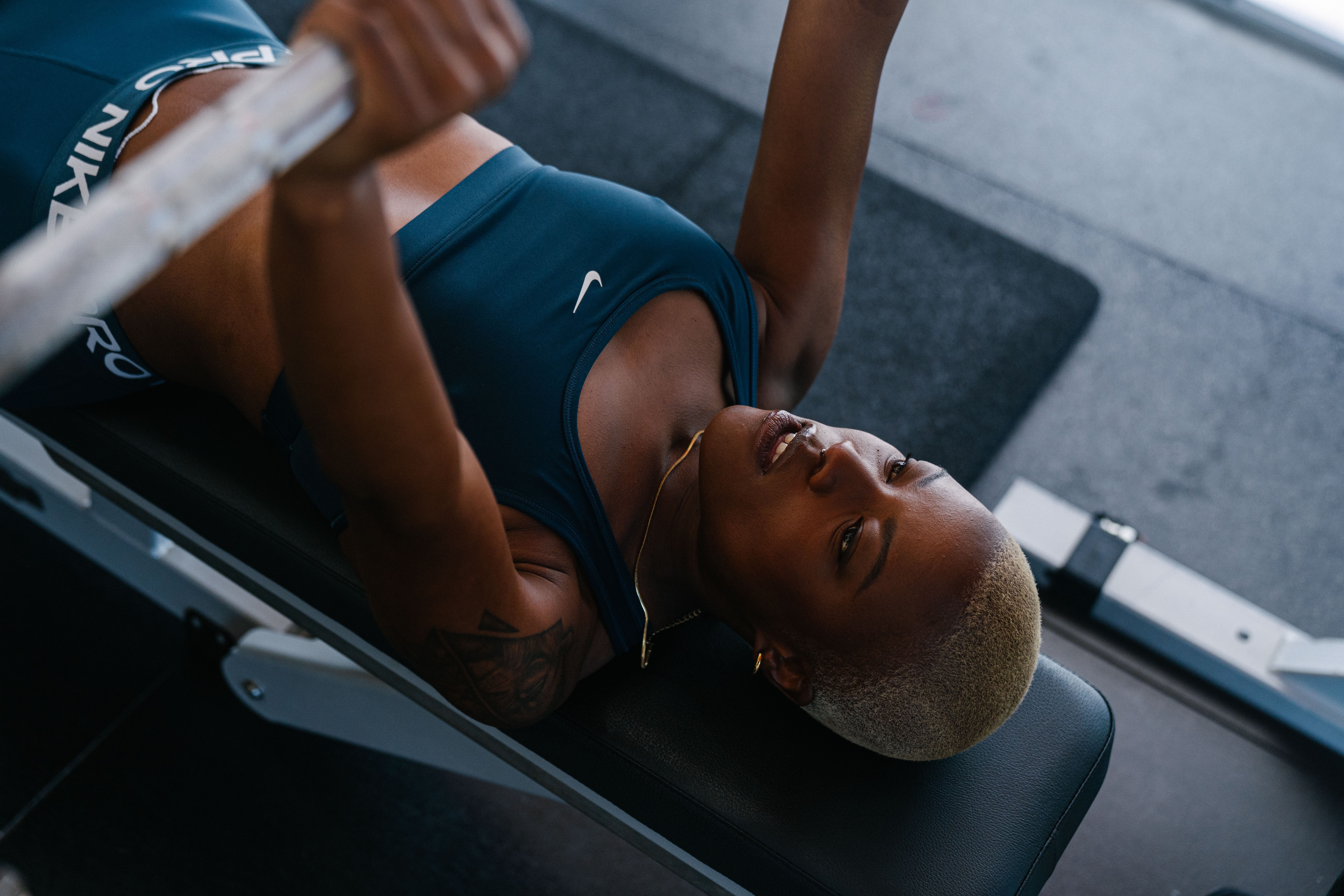Virgin Active blog
How to Naturally Boost Your Testosterone

Stay in the loop and join the Virgin Active mailing list
If you’re over 30, increasing your testosterone levels might be on your mind. Testosterone is one of the most important hormones in the human body, playing a key role in developing muscle, strength and balancing mood and energy levels. While both men and women need testosterone, male bodies have higher levels of it whereas female bodies have more progesterone and oestrogen.
After 30 and as we continue to age, our testosterone levels decline. But there’s lots you can do to naturally boost testosterone in your fitness routine and on your plate.
How to boost your testosterone with strength training
“Strength training is one of the most effective ways to increase testosterone production,” says Nick Parkes, UK Weightlifting and Calisthenics Lead at Virgin Active.
“When you lift heavy weights, your body experiences a temporary stress response which releases anabolic hormones, including testosterone. Over time, this leads to not just stronger muscles but also a boost in baseline testosterone levels.”
In our Lift Club and Strength and Conditioning classes, we do lots of exercises that use multiple large muscle groups at the same time. These compound movements, like squats, overhead presses and deadlifts use a lot of energy and effort which all increase the production of testosterone. The more you challenge your muscles with these multi-joint movements, the more testosterone you produce.
High-intensity workouts improve testosterone naturally
Progressive overload, or gradually increasing the resistance or intensity of your workouts, helps your body to adapt to more weight and increases testosterone through temporary stress responses.
When you lift progressively heavier weights, your body adapts by growing muscle fibres and increasing testosterone levels to support this growth. This adaptation process not only increases muscle mass but also maintains a higher testosterone baseline, which is crucial for long-term strength gains and overall health.
Typically, aerobic cardio exercise does not have the same powerful hormone response as heavy weightlifting. While it’s still important for your heart and overall health, if you’re looking to naturally boost testosterone you may want to focus on strength training alongside high-intensity workouts.
Nick says:
“High-intensity strength training workouts, especially those that push you close to your maximum effort, have been shown to elevate testosterone levels more than low-intensity or endurance-based exercises.
“Short rest intervals, moderate to heavy loads, and multiple sets of exercises help create the metabolic stress needed to trigger the hormonal response associated with testosterone production.”
What to eat to boost your testosterone
It’s not only your workouts that can increase testosterone levels but also what you eat. The good thing is, there are lots of whole foods that will give you what you need. As always, the key is to eat a varied diet to get the most nutrients.
Lean meats, fish, eggs, and plant proteins like lentils will give you the protein and amino acids to help muscle repair and support the production of anabolic hormones like testosterone.
Matt Gardner, our Head of Nutrition says:
“Chronic low protein diets can lower testosterone. But diets rich in healthy fats (including monounsaturated and saturated fats) have been associated with higher testosterone levels as testosterone is synthesised from cholesterol.”
Healthy fat sources include avocados, nuts, seeds and olive oil.
Vitamins and minerals are also important including vitamin D for testosterone synthesis, zinc for testosterone production and magnesium to improve free testosterone levels. Examples of where you can get these vitamins and minerals include:
Zinc: oysters, shellfish, pumpkin seeds, and beef.
Magnesium: spinach, almonds, dark chocolate, and whole grains (oats, brown rice etc.).
Vitamin D: fatty fish (e.g., salmon, mackerel), egg yolks, fortified foods, plus sunlight exposure.
In the UK we can synthesise Vitamin D from the sun between May – August. In Autumn and Winter months this can be supplemented with vitamin D tablets, usually between 400-1000 IU (international units). It's best to test and not guess your supplement needs, so if possible, speak about this with your GP.
Testosterone in women
Women also produce testosterone, alongside oestrogen and progesterone which are produced in higher doses. Testosterone has the same effects for men and women, but they just need different levels of it. Following the advice above, strength training can also help women keep their testosterone in balance. Supporting testosterone can improve bone density, muscle mass, libido, and energy.
Ready for your next workout? Check out all the group exercise classes available at Virgin Active.
Not yet a member? Find your nearest club and start your membership today.
You may also like...


